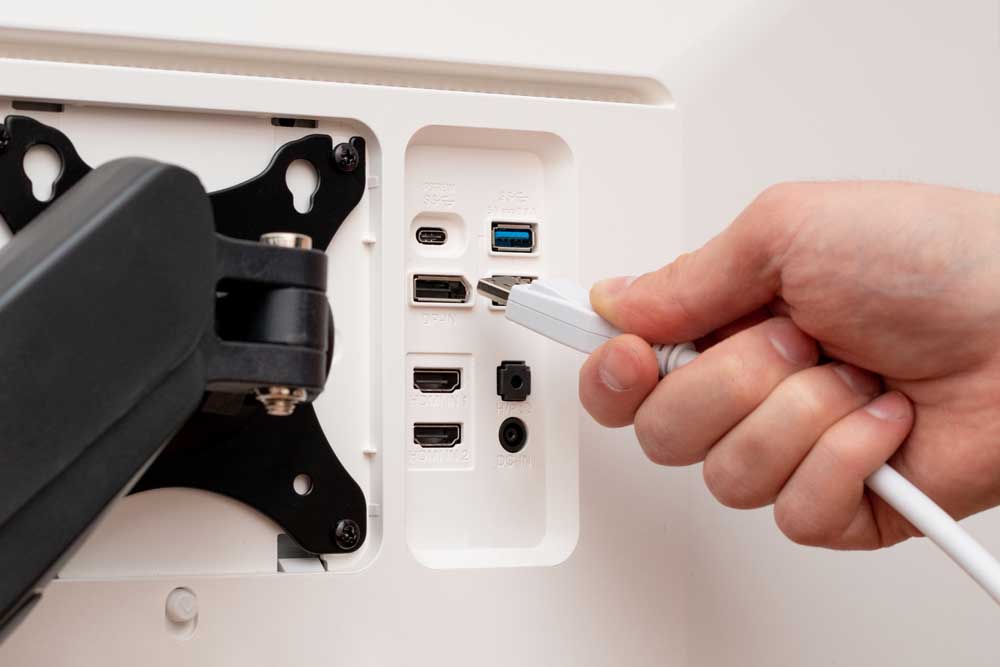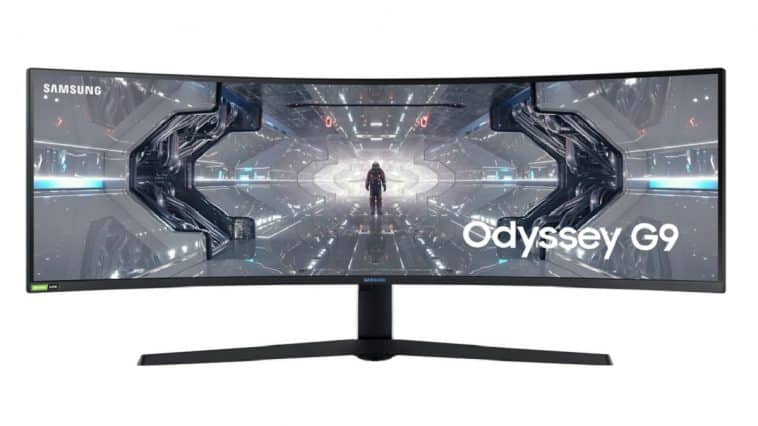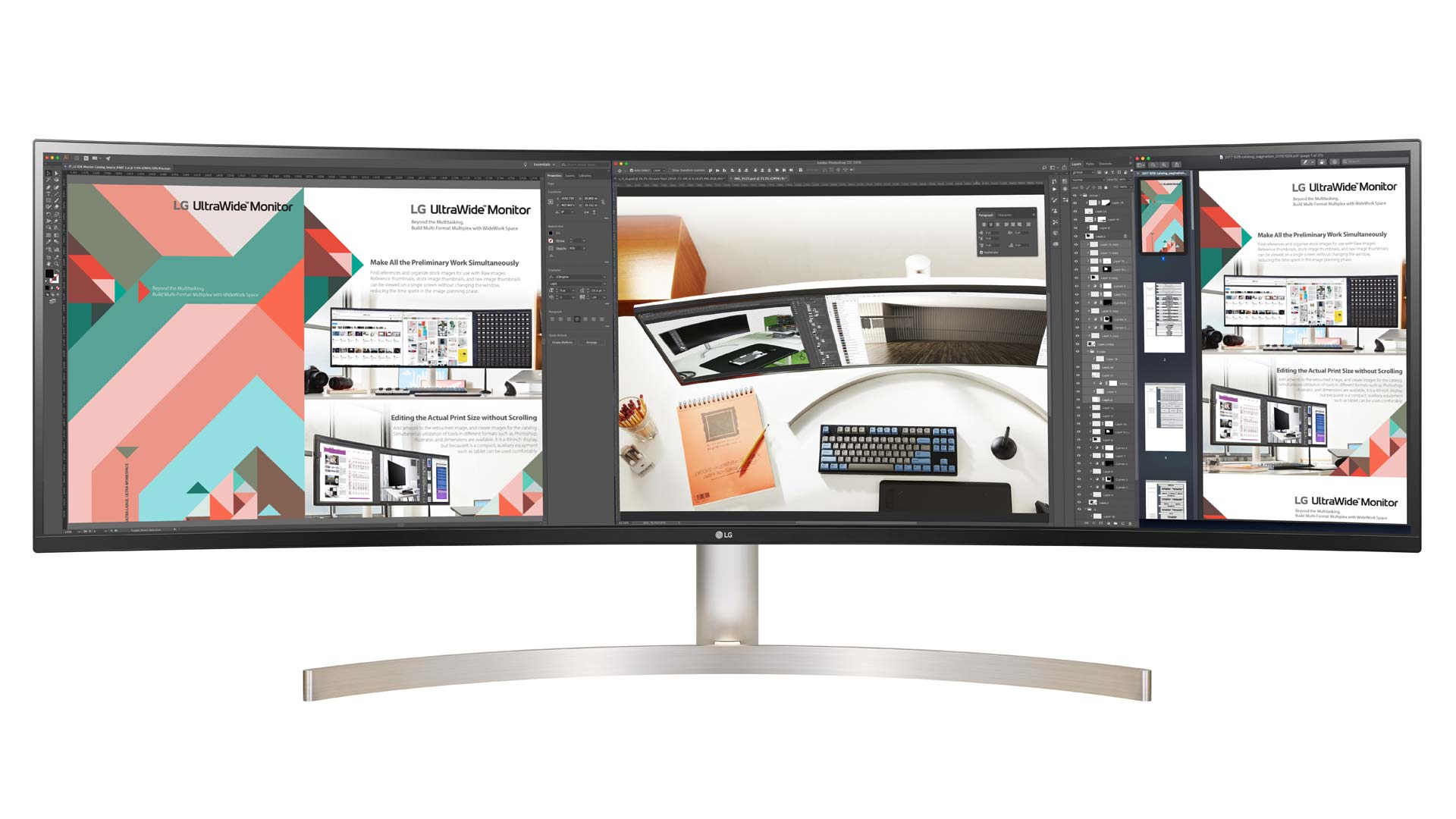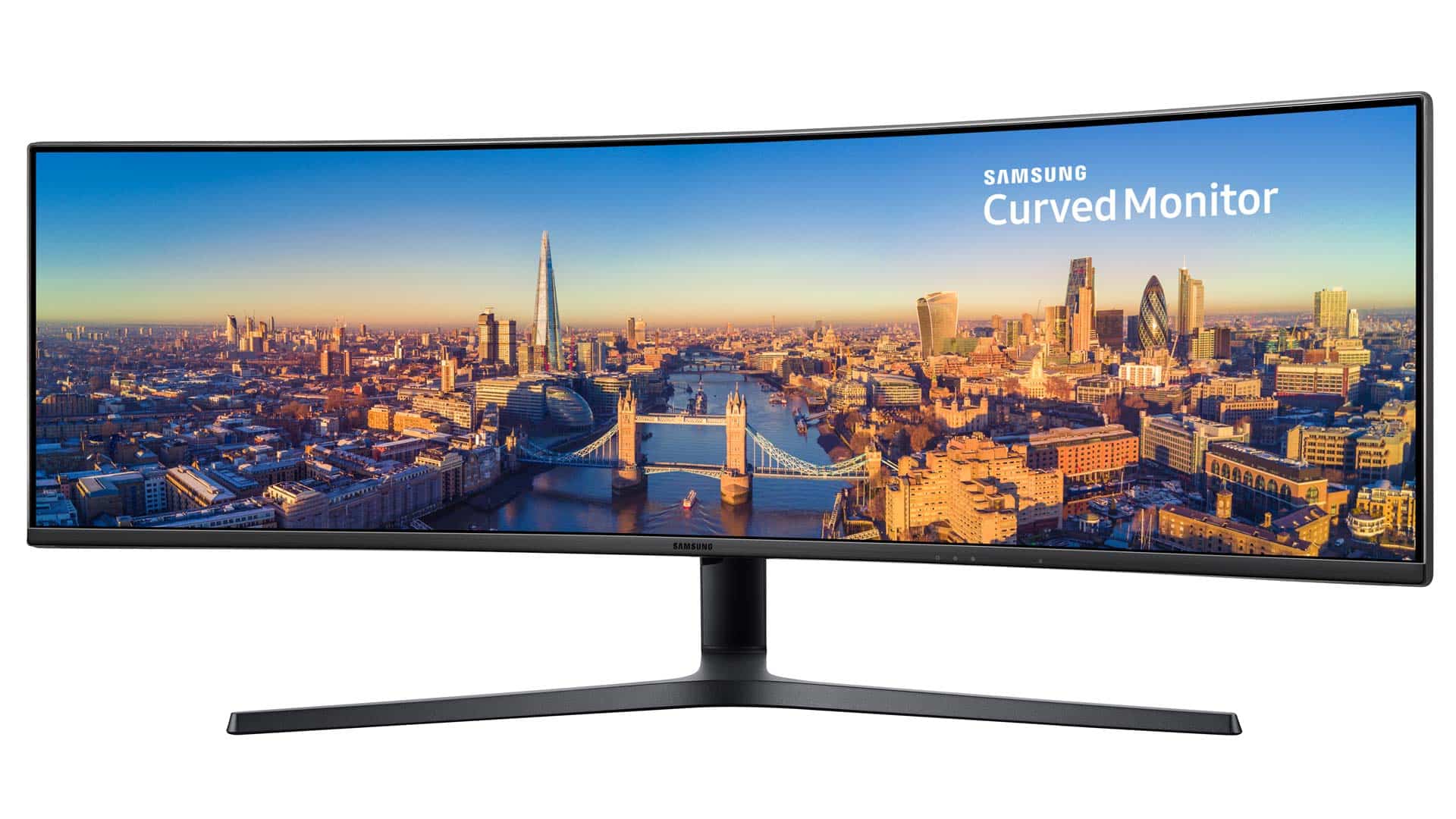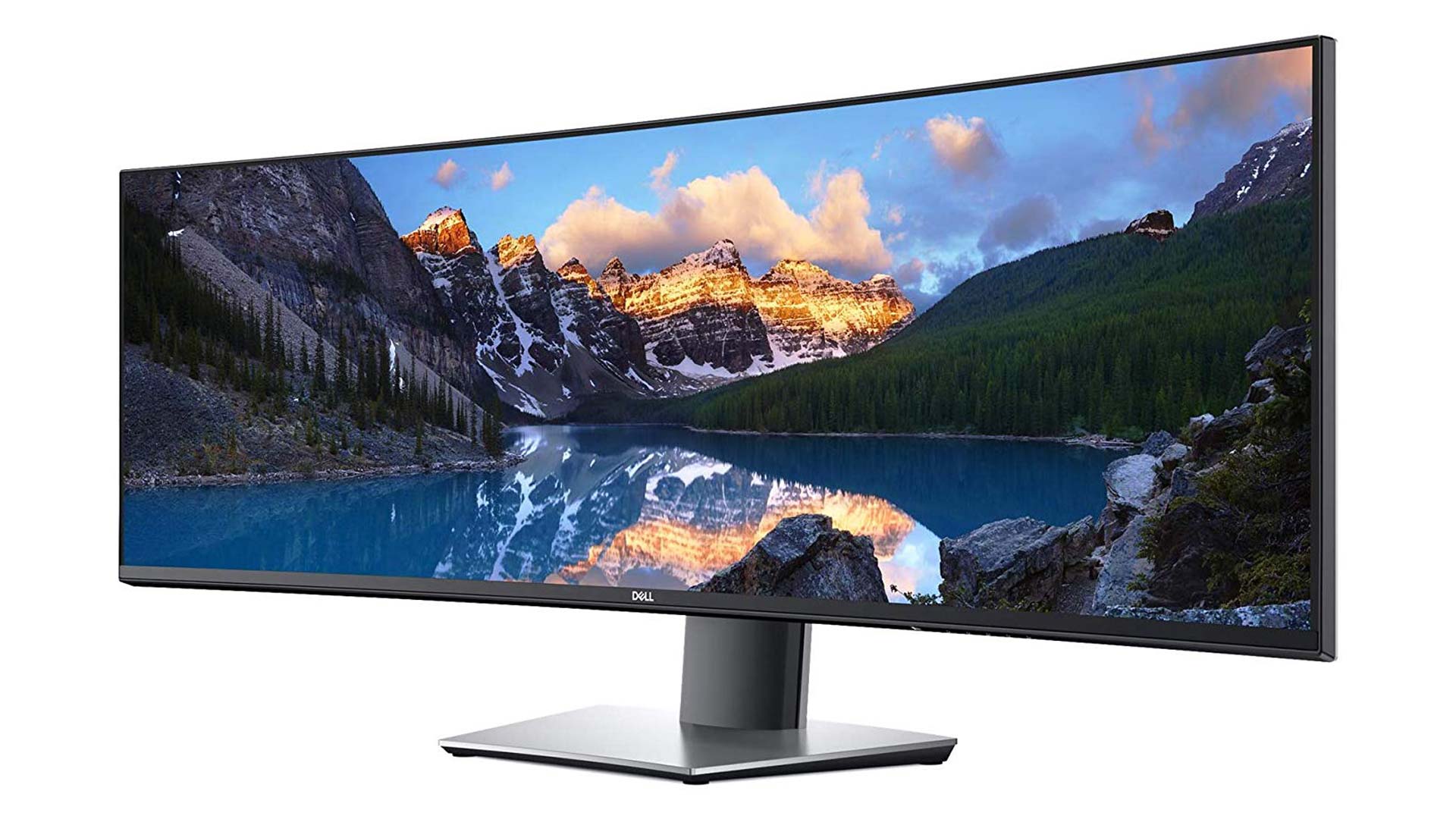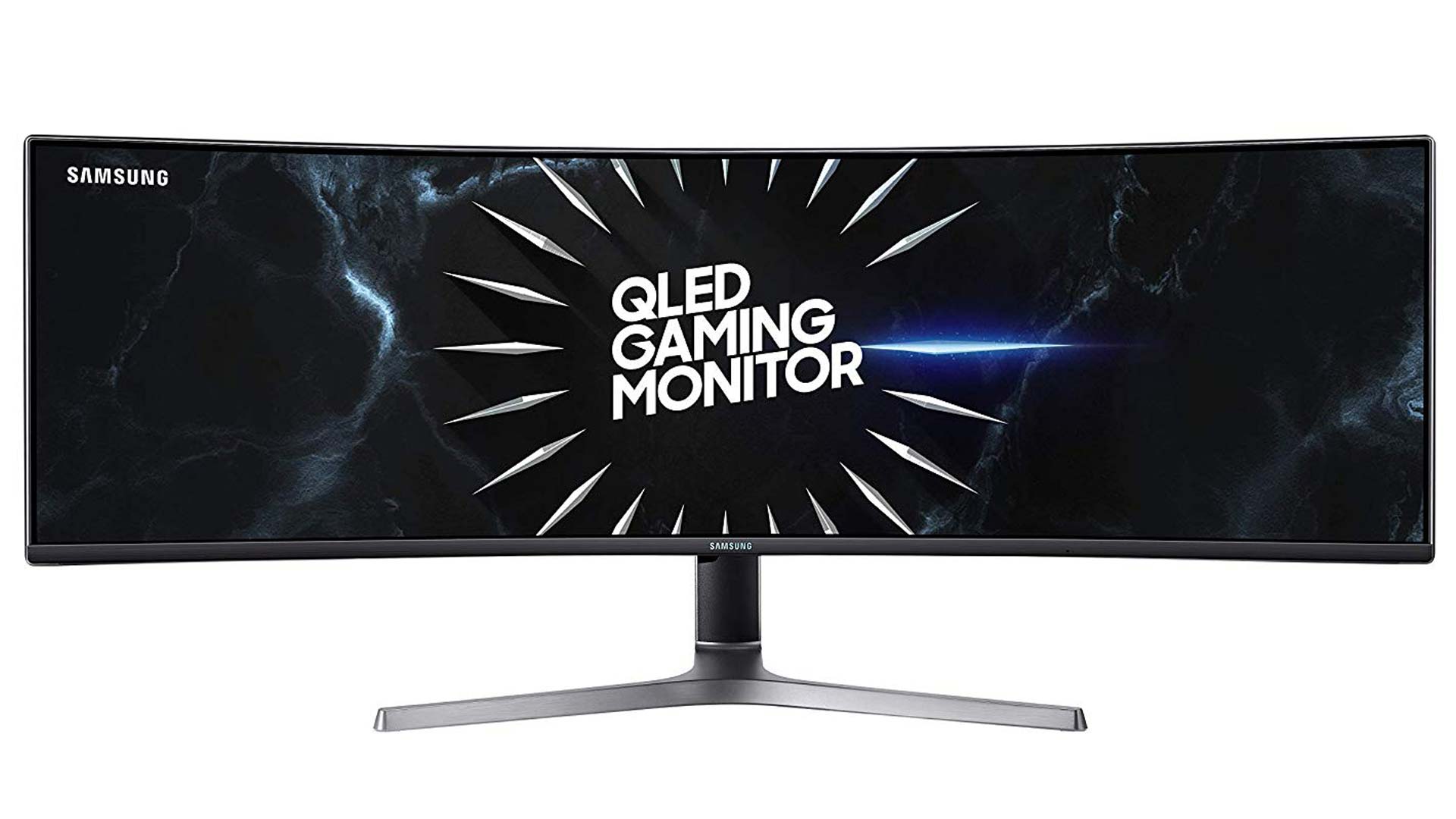In the world of gaming, there is a wide variety of connectivity that can be used to connect a screen to a laptop or desktop PC. Modern superwide monitors usually have a DisplayPort, HDMI, USB-C or Thunderbolt 3, and these different connectivity options each have different advantages and disadvantages. How do I connect a monitor?
DisplayPort in use
DisplayPort is an interface that is used to transfer video and audio signals. It is therefore related to HDMI, VGA and DVI, but has some significant advantages over them. These include, in particular, the high maximum resolution. A DisplayPort delivers around 5k, whereas VGA and DVI deliver just 2k. Another advantage of a DisplayPort is its price. Since it can be manufactured license-free, it costs significantly less than HDMI. In addition, the cable length of 15m is about three times as long as HDMI, where a signal can only be transmitted for about 5m. This allows the greatest possible flexibility in use.
Things to know about HDMI
HDMI (High Definition Multimedia Interface) is an interface through which images and sound can be transmitted. In gaming, it is mainly used to output the data supplied by a computer or laptop from a monitor. There are different standards for HDMI. With a cable of version 1.0, just 60 Herz can be reached. If version 1.4 is chosen, this number doubles to 120 hertz. For this reason, gamers in particular should choose HDMI cable 1.4 or 2.0.
HDMI can transmit two channels as well as six channels and thus Dolby Digital. Such a cable is about the same size as a USB cable and can carry data up to 5 meters. Another feature of HDMI is that it is equipped with HDCP copy protection. Moreover, the life expectancy of such cables is very long. However, 144 Hertz cannot be reached with HDMI, as is the case with DisplayPort, for example.
Why USB-C is on the rise
USB-C is still a comparatively young technology. However, it is often already built into many modern devices and also in super wide monitors. The advantage of such an interface is that everything can run over one single cable. This includes the power supply as well as the data transfer and the sound output. This means that mobile devices that are connected to a monitor can be charged simultaneously during transmission. The only difficulty is that not all devices are equipped with a corresponding USB-C connection. Thus, those who work with older computers or monitors need appropriate adapters to be able to use USB-C. More information about USB-C can be found on this page.
Background information about Thunderbolt 3
Thunderbolt 3 is an interface developed jointly by Intel and Apple. It is therefore increasingly used by Mac users. The technical basis of Thunderbolt 3 is DisplayPort and PCI-Express. USB-C is closely related to this technology, so both have similar advantages. Thunderbolt 3 also allows for easy data transfer, simultaneous charging function and thus usually prevents cable tangle. This interface is also extremely useful when using gaming monitors. It not only allows for a fast and low-latency data transfer, which brings immense advantages for numerous games, but also the simultaneous connection of several devices. For example, a Macbook, a backup system and an external graphics card can be connected in series to the Super Wide Monitor. Apple calls this technology Daisy Chain.
Image: © Shutterstock.com – bs studio

